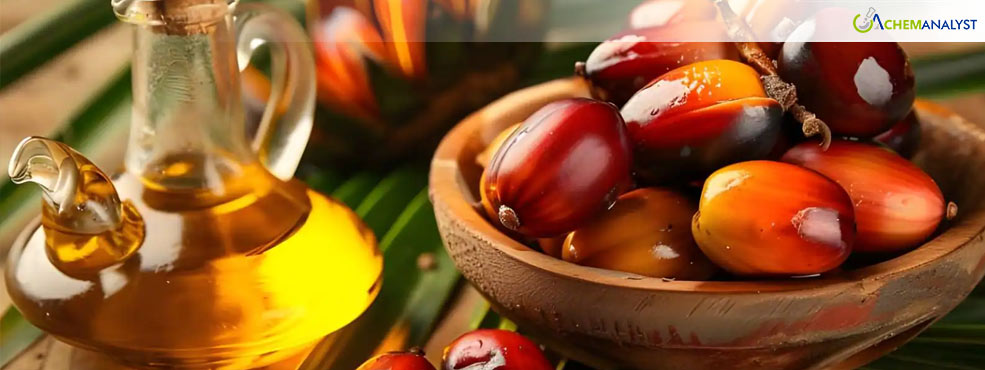Palm Oil Stocks to Shrink Further Amid Weak Exports and Adverse Weather Conditions
- 13-Jan-2025 3:20 PM
- Journalist: Kim Chul Son
Palm oil stock levels are expected to continue their downward trajectory this month, primarily due to weaker winter exports and reduced-price competitiveness against other vegetable oils. These factors have contributed to a tightening of palm oil supplies, despite some offsetting factors such as lower crop yields and the impact of the unfavourable weather conditions.
Palm oil stockpiles saw a significant month-on-month decline in the month of December 2024. The reduction was largely driven by a combination of lower exports and seasonal drops in production, as well as an increase in the imports. This marks the second consecutive month of export contraction, reflecting both weaker demand from key markets and price-sensitive countries that have shifted towards alternative oils due to palm oil’s higher prices.
Palm oil exports fell sharply as demand waned, particularly in the winter months when consumption tends to slow down. It was noted that the palm oil’s declining competitiveness against the other oils, including the soybean and the sunflower oils, has compounded the issue. As a result, the palm oil has struggled to maintain its market share in a price-sensitive global environment.
In addition to these export challenges, the weather patterns have been unfavourable, contributing to weaker-than-expected crop yields. Wet weather conditions in key producing regions, such as Southeast Asia, have hampered harvesting activities, further exacerbating the decline in stock levels. This seasonal dip in production is typical during certain months, but the added impact of adverse weather has intensified the situation, resulting in tighter supplies.
Looking ahead, HLIB Research maintains its outlook for crude palm oil (CPO) prices, projecting that they will remain elevated through the first quarter of 2025. The bank expects CPO prices to stay relatively high in the near term, supported by weak output and the ongoing supply constraints. However, as the year progresses and production rebounds, prices are anticipated to gradually ease.
The plantation sector’s performance remains cautiously neutral. While palm oil is expected to maintain strong prices in the short term, the industry faces significant risks from ongoing export challenges and market competition. Additionally, the volatility in global weather patterns and potential shifts in demand could further complicate the outlook for palm oil producers.
As palm oil stocks continue to tighten, industry stakeholders will be closely monitoring the effects of weather conditions and market dynamics in the coming months, particularly as the global market adjusts to these fluctuating supply and demand pressures.



